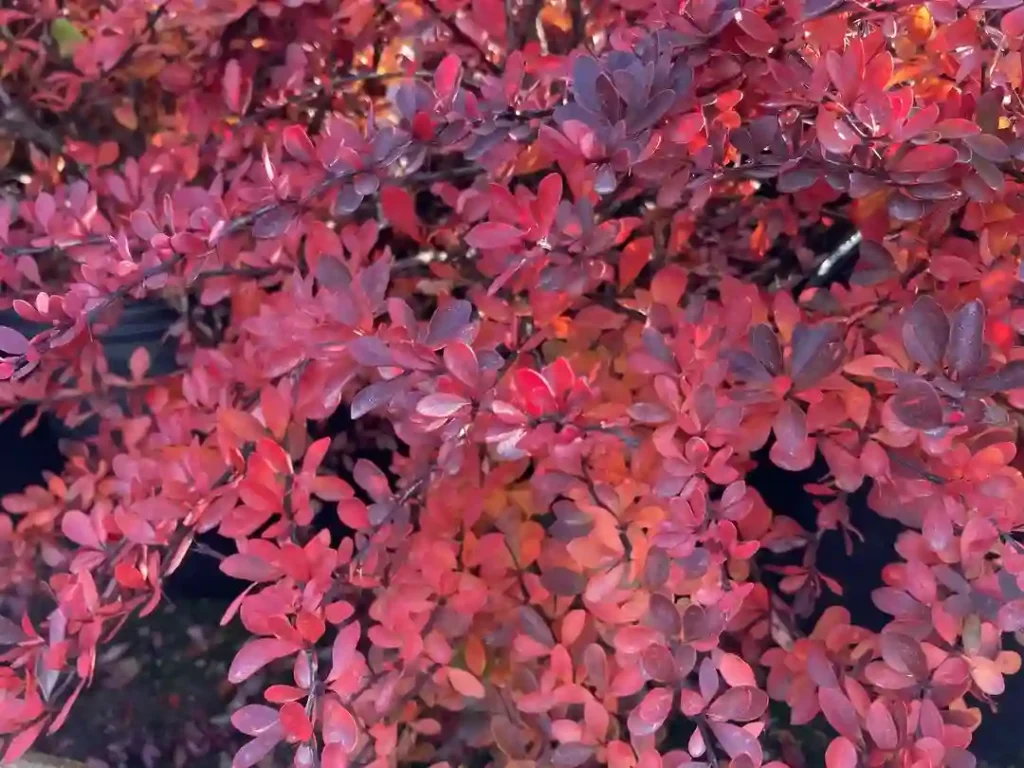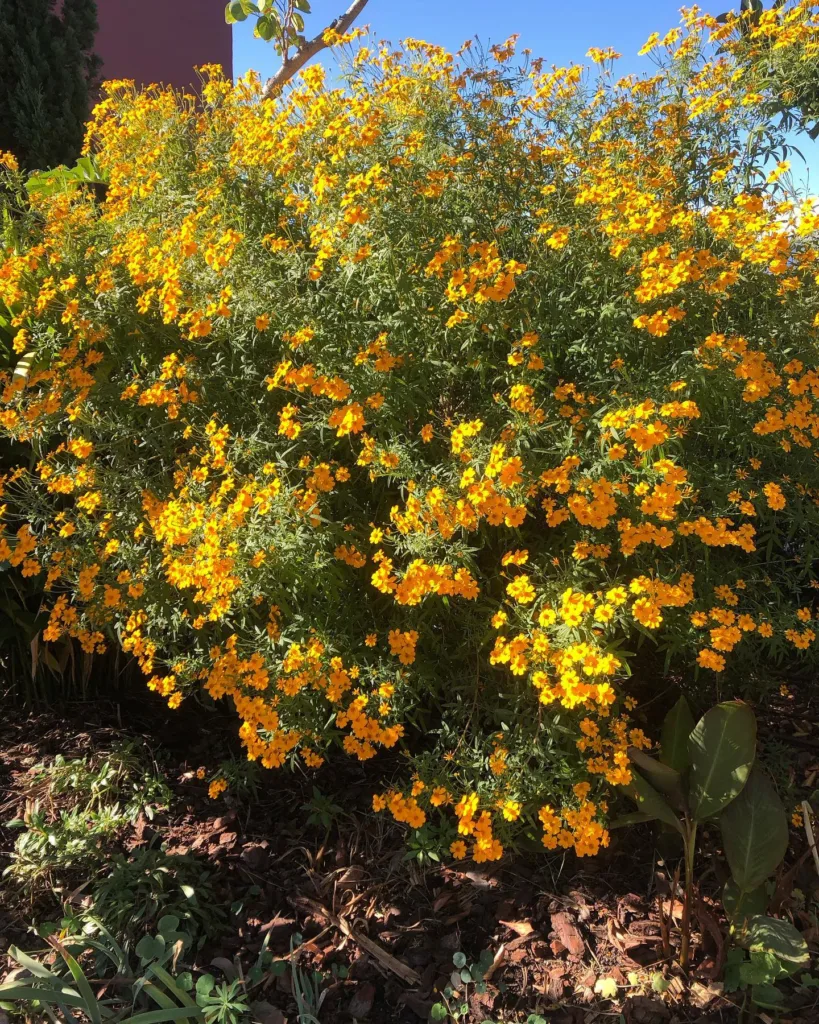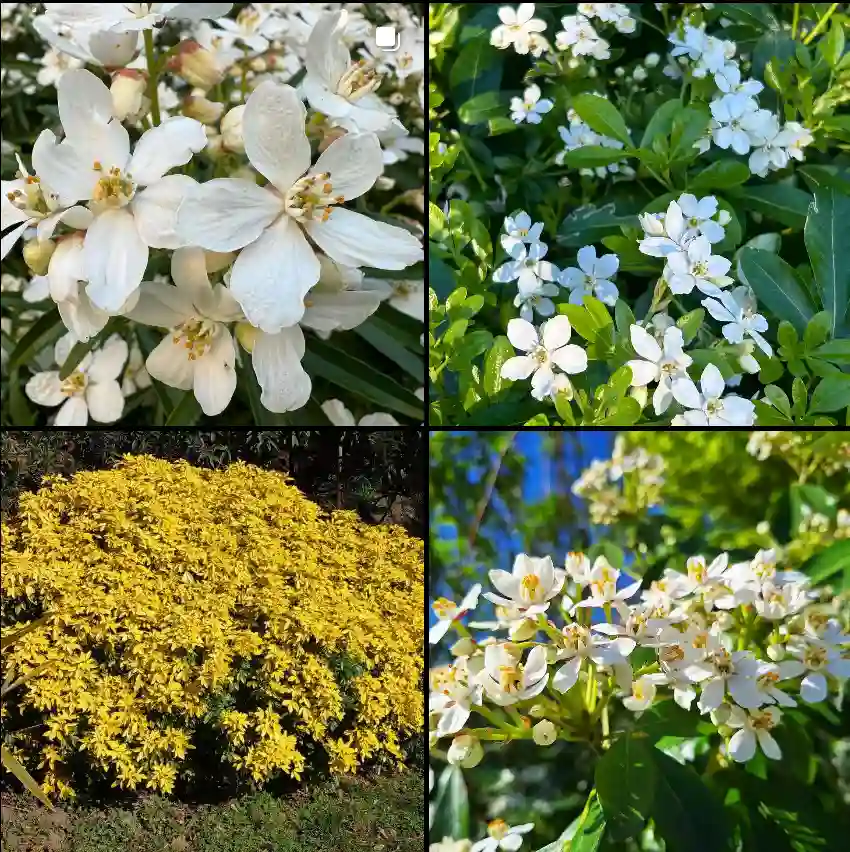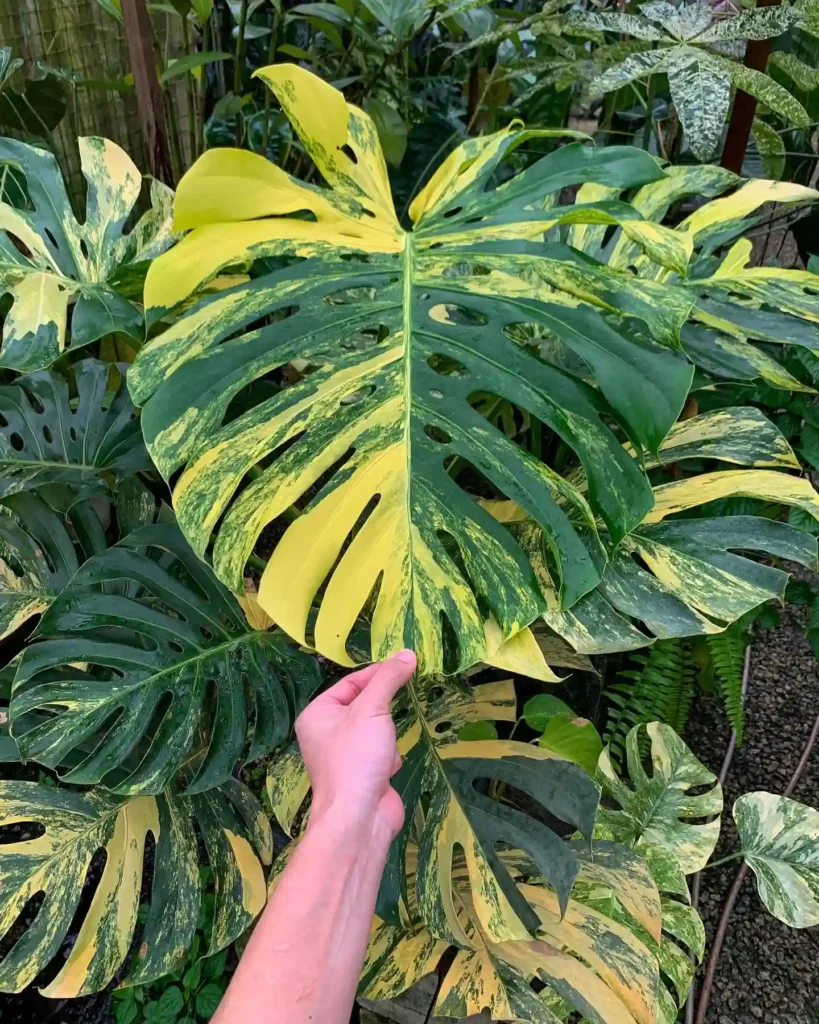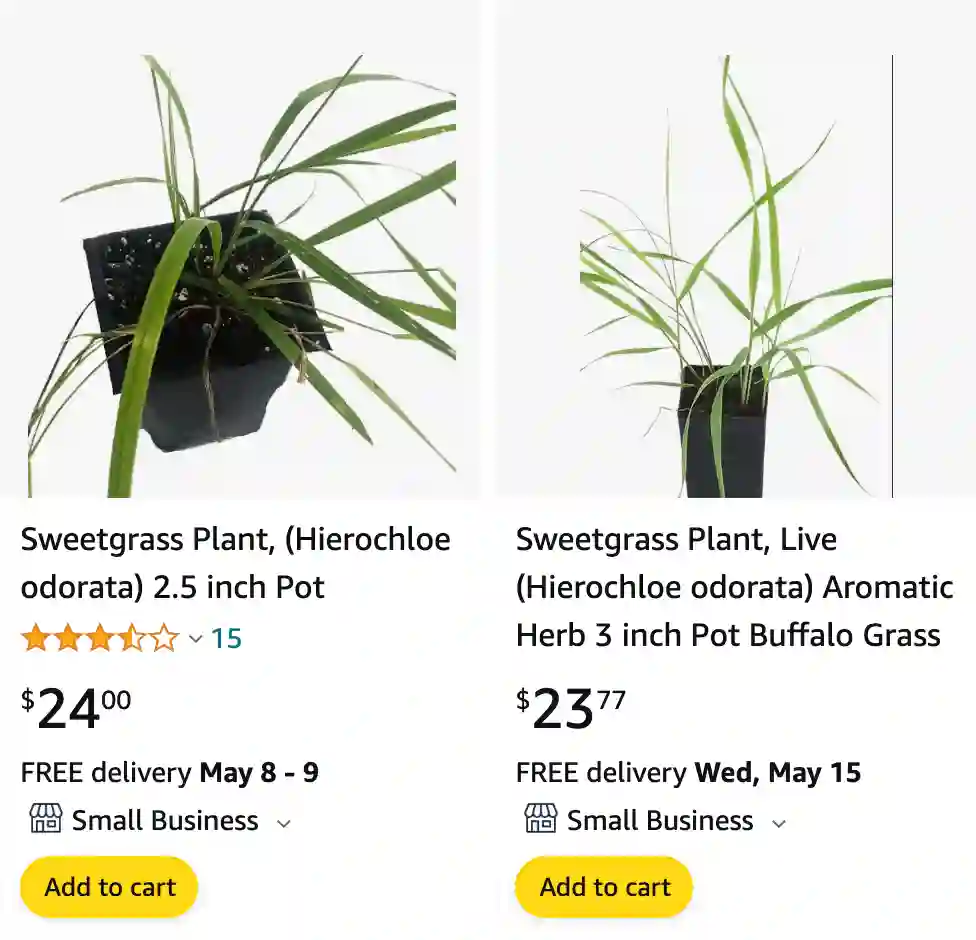
What is sweetgrass?
Sweetgrass is a cherished part of my heritage and upbringing. I remember my grandmother gathering it in the fields near our home, showing me the proper way to harvest it with respect and gratitude. Its delicate fragrance always transports me back to those moments of connection with nature and family. For me, sweetgrass isn’t just a plant; it’s a symbol of tradition, spirituality, and the interconnectedness of all things. The act of braiding it is a meditative practice, weaving together strands of memory and reverence. The scent of burning sweetgrass evokes a sense of peace and calm, grounding me in the present moment and reminding me of the wisdom passed down through generations.
Where does sweetgrass grow?
Sweetgrass thrives in various regions across North America, particularly in the northern United States and Canada. In my experience, I’ve found it growing in moist meadows, along riverbanks, and in marshy areas. I remember exploring the countryside with my family, stumbling upon patches of sweetgrass nestled among the wildflowers and tall grasses. Its presence always seemed to signal a serene and untouched corner of nature. While it’s possible to cultivate sweetgrass in a garden, there’s something special about stumbling upon it in its natural habitat, where it grows freely and abundantly, adding to the beauty and biodiversity of the landscape.
How to grow sweetgrass?
Growing sweetgrass can be a rewarding experience, but it requires patience and attention to its specific needs. Based on my own attempts at cultivation, I’ve found that sweetgrass prefers moist, well-drained soil and plenty of sunlight. I start by preparing a suitable location in my garden, ensuring the soil is loose and fertile. Then, I sow the sweetgrass seeds in shallow furrows, covering them lightly with soil. Regular watering is essential, especially during dry spells, to keep the soil consistently moist but not waterlogged. It’s also important to provide adequate airflow around the plants to prevent mold and mildew. As the sweetgrass grows, I make sure to weed around the plants carefully, being mindful not to disturb their delicate roots. With time and care, the sweetgrass will flourish, offering its soothing fragrance and cultural significance to my garden space.
What does sweetgrass look like?
Sweetgrass has a distinct appearance that sets it apart from other grasses. In my experience, it grows in tufts with long, slender leaves that can reach up to two feet in length. The leaves are smooth and narrow, with a slight bluish-green hue that catches the light in a gentle, almost ethereal way. When mature, sweetgrass forms delicate, flowering spikes that add to its charm. One of the most striking features of sweetgrass is its fragrance, which is sweet and aromatic, reminiscent of vanilla and fresh hay. It’s this unique combination of visual and olfactory beauty that makes sweetgrass such a beloved and revered plant in many cultures.
How to burn sweetgrass?
Burning sweetgrass is a sacred ritual for many Indigenous peoples, including my own heritage. To properly burn sweetgrass, I first gather a small bundle of dried sweetgrass stems, ensuring they are free from any moisture. Then, I hold the bundle by the base and use a match or lighter to ignite the tips of the grass. Once lit, I gently blow on the flames to encourage them to spread while being careful not to extinguish them entirely. As the sweetgrass smolders, it releases its fragrant smoke, which is believed to carry prayers and intentions to the heavens. I move the smoldering bundle in a clockwise direction around myself or the space I wish to cleanse, allowing the smoke to purify the area and create a sense of peace and harmony. Throughout the burning process, I focus on my intentions, sending gratitude and positive energy into the world. When I’m finished, I extinguish the sweetgrass by pressing it into a fireproof container or by gently blowing out the flames, being mindful to dispose of the ashes respectfully.
What does sweetgrass smell like?
The scent of sweetgrass is truly enchanting and deeply evocative for me. When I hold a bundle of dried sweetgrass to my nose, I’m greeted by a delicate, sweet aroma that instantly transports me to a place of serenity and connection. It’s a fragrance that’s difficult to describe in words, but to me, it carries notes of vanilla, fresh hay, and a hint of earthiness. There’s a purity to its scent, a natural sweetness that feels comforting and grounding. It’s more than just a pleasant aroma; it’s a reminder of the interconnectedness of all things and the wisdom passed down through generations. Burning sweetgrass releases its fragrance into the air, filling the space with a sense of peace and reverence. It’s a scent that lingers in my memory, always bringing me back to moments of quiet reflection and spiritual connection.
Where to buy sweetgrass plants?
Finding sweetgrass plants for sale can sometimes be a bit challenging, as they may not be as readily available as other ornamental or garden plants. However, there are a few options you can explore.
One option is to check with local nurseries or garden centers that specialize in native or indigenous plants. They may occasionally carry sweetgrass or be able to order it for you if requested.
Another option is to look for online nurseries or suppliers that specialize in native plants or herbs. Some online retailers offer sweetgrass plants for sale and can ship them directly to your location.
Additionally, you could reach out to local conservation organizations, botanical gardens, or native plant societies in your area. They may have resources or contacts that can help you locate sweetgrass plants or provide guidance on where to find them.
If you’re unable to find live sweetgrass plants for sale, you might consider starting from seeds. Sweetgrass seeds can sometimes be found online through specialty seed suppliers or native plant organizations. Starting from seeds may require more time and patience, but it can be a rewarding way to cultivate this sacred plant in your garden.
Why burn sweetgrass?
Burning sweetgrass holds deep cultural and spiritual significance for many Indigenous peoples, including myself. It’s a sacred ritual that connects us to our ancestors, the natural world, and the divine. When I burn sweetgrass, I do so with reverence and intention, using its fragrant smoke to cleanse and purify myself and my surroundings. The sweet aroma of burning sweetgrass is believed to carry prayers and blessings to the heavens, creating a sacred space for healing, ceremony, and spiritual connection. For me, burning sweetgrass is a way to honor my heritage, connect with the land, and cultivate a sense of peace and harmony in my life. It’s a practice that fills me with a profound sense of gratitude and reverence for the interconnectedness of all things.
What is sweetgrass used for?
Sweetgrass holds deep cultural and spiritual significance for many Indigenous peoples, including myself. It’s used in various ways, each carrying its own symbolism and importance. One of the most common uses is burning sweetgrass as part of ceremonies, rituals, and prayers. The sweet aroma of burning sweetgrass is believed to purify the space and carry prayers to the Creator. Additionally, sweetgrass is often braided and worn as a protective amulet or used in traditional crafts such as basket weaving and ceremonial adornments. Its soothing fragrance also makes it a popular choice for smudging, a practice of using smoke to cleanse and purify oneself or a space. Beyond its ceremonial uses, sweetgrass is deeply woven into the cultural fabric of Indigenous communities, serving as a reminder of our connection to the land, our ancestors, and the spiritual world.
Why are sweetgrass baskets so expensive?
Sweetgrass baskets are more than just functional objects; they are intricate works of art that hold deep cultural significance for many Indigenous peoples, particularly those of the Gullah Geechee heritage in the southeastern United States. Crafting sweetgrass baskets is a highly skilled and time-intensive process that requires expertise passed down through generations. Harvesting and preparing the sweetgrass, along with other materials like pine needles and palmetto leaves, is a labor-intensive endeavor. The weaving itself is a meticulous and precise art form, often taking hours or even days to complete a single basket. Additionally, the cultural and historical value of sweetgrass baskets adds to their perceived worth. They are not just commodities; they are tangible expressions of heritage, tradition, and craftsmanship. As a result, the price of sweetgrass baskets reflects the skill, time, and cultural significance invested in their creation, making them highly valued and sought after by collectors and enthusiasts alike.
How to make sweetgrass baskets?
Making sweetgrass baskets is a time-honored tradition that requires skill, patience, and a deep connection to nature. While I’m not an expert, I can share some general steps involved in the process based on what I’ve learned from my own heritage and experiences.
- Gathering Materials: The first step is to gather the necessary materials, including sweetgrass, longleaf pine needles, and palmetto leaves. Sweetgrass is traditionally harvested in the wild, with care taken to ensure sustainability and respect for the plant.
- Preparing the Materials: Once gathered, the sweetgrass needs to be dried and soaked to make it pliable for weaving. Pine needles may also need to be cleaned and sorted to remove any debris.
- Starting the Base: The base of the basket is typically formed by coiling the sweetgrass or pine needles in a spiral pattern. This foundation provides structure and stability for the basket.
- Weaving the Sides: After creating the base, the sides of the basket are woven upward using a technique known as “sewing” or “stitching.” This involves carefully threading the sweetgrass or pine needles through the coils of the base, gradually building the height of the basket.
- Incorporating Designs: Many sweetgrass baskets feature intricate designs and patterns, which are created by varying the weaving technique, adding colored threads, or incorporating other materials like palmetto leaves.
- Finishing Touches: Once the desired height and design are achieved, the basket is finished by carefully trimming and securing the ends of the sweetgrass or pine needles. Some artisans also add decorative elements or embellishments to further personalize the basket.
- Drying and Curing: Finally, the completed basket may be allowed to dry and cure, which helps to further strengthen the weave and enhance its durability.
It’s important to note that making sweetgrass baskets is a highly skilled craft that requires practice and dedication to master. Many artisans learn the art form from family members or through apprenticeships, passing down knowledge and techniques from one generation to the next.
If i die, water my plants!
